What Are Acoustic Wall Panels? The Complete Guide in 2024

Ever feel like you're screaming across the table just to chat at a busy restaurant? You sit close to each other, but you can barely hear your friend answer your questions. The laughter from the other table mingles with the noise coming from the kitchen. It’s like a battle of the decibels, with each sound drowning out your voice.
You’re left to wonder why some restaurants feel perfect for conversation, while others leave you yelling across the table.
The main difference? Acoustic wall panels.
Acoustic wall panels are specially designed to control sound within a space.
From creating a quieter home to improving audio quality in recording studios, these panels make a difference in how you hear things.
Let’s talk about the types, benefits, and installation tips for acoustic wall panels. From understanding sound principles to selecting the right panels for your space, we've got you covered.
What exactly are acoustic wall panels?
When we talk more about acoustic panels, it’s important to start from the beginning - sound.
Think of sounds like ripples in a pond:
- The wavelength is the distance between each wave
- The frequency is how often those waves pass by
- And the amplitude determines how loud or soft the sound is
So how can you control these sound waves? You use acoustic treatment. Without proper treatment, you're stuck dealing with echoes, bouncing sound (reverberation), and the dreaded noise pollution messing up your space. It makes sure that sound behaves itself.
That's where acoustic wall panels come in. They are like sound soothers that tone down those pesky waves that bounce around and cause echoes. Whether by absorbing, diffusing, or reflecting sound waves, these panels keep your space sounding just right.
What are the different types of acoustic panels?

Now that you know what acoustic wall panels can do, it’s time to learn about your options.
Here are the different types available in the market:
#1 — Fabric-wrapped panels are best if you have interior design in mind
Looking for stylish sound control? Fabric-wrapped panels are a great option if you have a design in mind. This option seamlessly blends into any environment while taming annoying sound waves. Their versatility makes them ideal for spaces where aesthetics matter just as much as sound control.
What makes them good?
- It’s made from strong materials.: They’re typically made with a sturdy core material like fibreglass or mineral wool. This means fabric-wrapped panels are tough and can stand the test of time.
- They’re thick. Thanks to the core material, this acoustic wall option is very effective in controlling sounds and taming noise.
- Many design options. One of the best things about fabric-wrapped panels is their design versatility. You can choose from a huge selection of fabric and pick one that looks amazing next to your couch
Best way to use them?
- Home Theaters: These panels cut down on echoes and make everything sound sharp, just like at the cinema. Perfect for movie nights or catching up on your favourite shows.
- Conference Rooms: Meetings can get jumbled with echoes. These panels help reduce that bouncing sound (reverberation) so everyone can hear each other clearly.
- Music Studios: They quietly control echoes and background noise, creating a calmer environment for recording great-sounding audio.
#2 — For DIY projects, stick to foam panels
Lightweight and easy to install, foam panels pack a powerful punch when it comes to reducing noise. And because they’re made from specialized foam materials, they offer excellent absorption capabilities without breaking the bank. They're perfect for smaller spaces or DIY projects where the budget is limited.
What makes them good?
- It’s affordable and accessible. Foam panels are relatively cheap. You can find these materials in most hardware and speciality stores.
- Material Composition. They are typically made from a special kind of foam called "open-cell foam" or "acoustic foam." It comes in different thicknesses, depending on how much sound you want to absorb.
- It’s easy to install. It’s available in different thicknesses and densities to suit different soundproofing needs.
Best way to use them?
- Home Offices: Create a quiet workspace without spending too much. They are best for smaller spaces and are perfect for DIY projects.
- Podcast Recording Booths: Achieve professional-grade sound isolation for vocal recordings without bringing in professionals. These panels block up unwanted noise, so your voice can be the star of the show.
#3 — Achieve a classic look with wooden panels
Wooden panels bring a touch of elegance and sophistication to any space while offering superior sound absorption properties. Crafted from high-quality wood materials, these panels not only control sound but also add warmth and character to your surroundings.
What makes them good?
- They’re beautiful. Wood accents add character to a space. Think of them as functional art for your walls.
- They produce softer results. Because wood is porous, it is better for sound absorption and noise cancellation.
Best way to use them?
- Living Rooms: Level up the acoustics of your entertainment area while adding a touch of sophistication. Bonus: clearer conversations with loved ones too!
- Dining Areas: Imagine cozy dinner parties with friends and family. These panels can help create an inviting atmosphere for enjoying meals with loved ones.
#4 — Get all the benefits of other panel options with composite
Composite panels combine different materials for superior sound control. These panels often feature a mix of fabric, foam, and wood elements, combining all the strongest features of each type. It is the best acoustic treatment if you are looking to solve a specific problem.
What makes them good?
- It’s versatile. Composite panels are great for multi-use spaces. Because it is a combination of different types, you can mix and match materials to solve different sound issues in one go.
Best way to use them?
- Offices: Composite panels can improve the sound quality in boardrooms and meeting rooms, while also reducing distracting noise in busy work areas.
Art Galleries: They can help control noise and create a nice atmosphere for visitors, all while keeping your art safe from dust and other things in the air.
What are the benefits of acoustic wall panels?

Taming echoes is just the beginning. Here are other advantages that these panels can bring to your space.
Enjoy less noise and less stress
Trying to work or relax in a noisy space is almost impossible. Nothing is more annoying than losing your flow because there is a loud crash in the other room.
One of the best things about acoustic panels is how they silence the noise clutter. It's like having a built-in mute button for your space. You no longer have to deal with your loud neighbour, the hectic traffic outside, or your barking dog. With acoustic wall panels, you get the quiet you need to relax or work in peace.
Have better conversations with improved sound quality
Acoustic wall panels don't just silence the noise—they also improve sound. These panels make everything you listen to sound crisp and clear, whether you’re recording vocals or joining a conference call.
Add flair to any space
With different designs, colours, and textures to choose from, these panels double as statement pieces. Imagine transforming your dull walls into works of art, all while enjoying the benefits of better acoustics.
Installation and Placement Tips for Acoustic Wall Panels
Ready to transform your space with acoustic wall panels? Before anything else, let's take a moment to consider the best approach to make the most out of your project.
Planning for peace and quiet
Each space is unique and not all types of panels would work for a room’s specific needs. Is your office echo-y? Is your living room so noisy it's difficult to have a good conversation?
Before making a list or reaching out to professionals, consider factors like room size, shape, and existing sound issues. Figuring out the problems you want to solve helps you decide which type of wall panels works best for you.
Finding the perfect spot
Placement matters. For acoustic wall panels to work their magic, sound waves need to reach them. Because of this, you need to install panels in areas where sound waves bounce off surfaces. This is different in every room – so make sure to test first before bolting anything to the walls.
Weighing your options
Ah, the age-old question: to DIY or not to DIY? Going the DIY route can be tempting, especially if you're on a budget or love a good project. But, it's important to weigh the pros and cons first. It can save you some cash, but it takes time and careful planning. On the other hand, hiring professionals means expert installation and peace of mind – but comes with a higher price tag.
Time to fine-tune your space
Feeling like your space could use a sound upgrade? Consider investing in acoustic panels. Whether it's reducing noise, enhancing audio clarity, or adding a touch of style, these panels have you covered.
Need more guidance? Reach out to professionals for personalized advice. Here's to creating a more enjoyable and peaceful environment with acoustic wall panels.
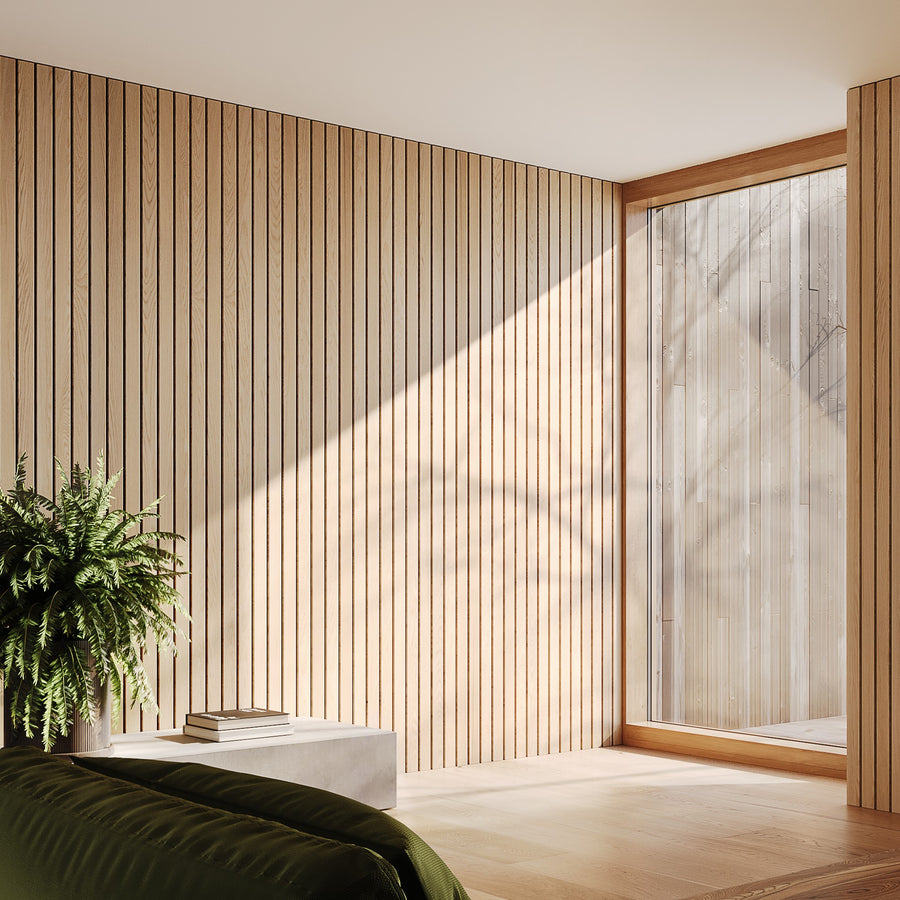
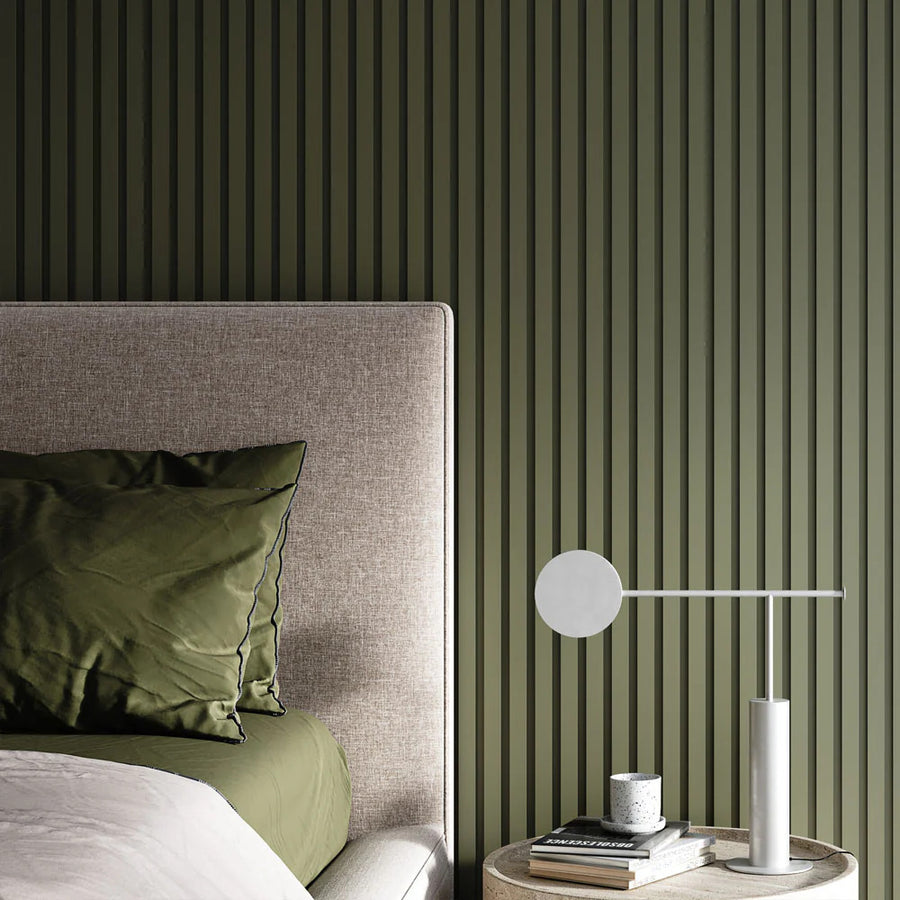
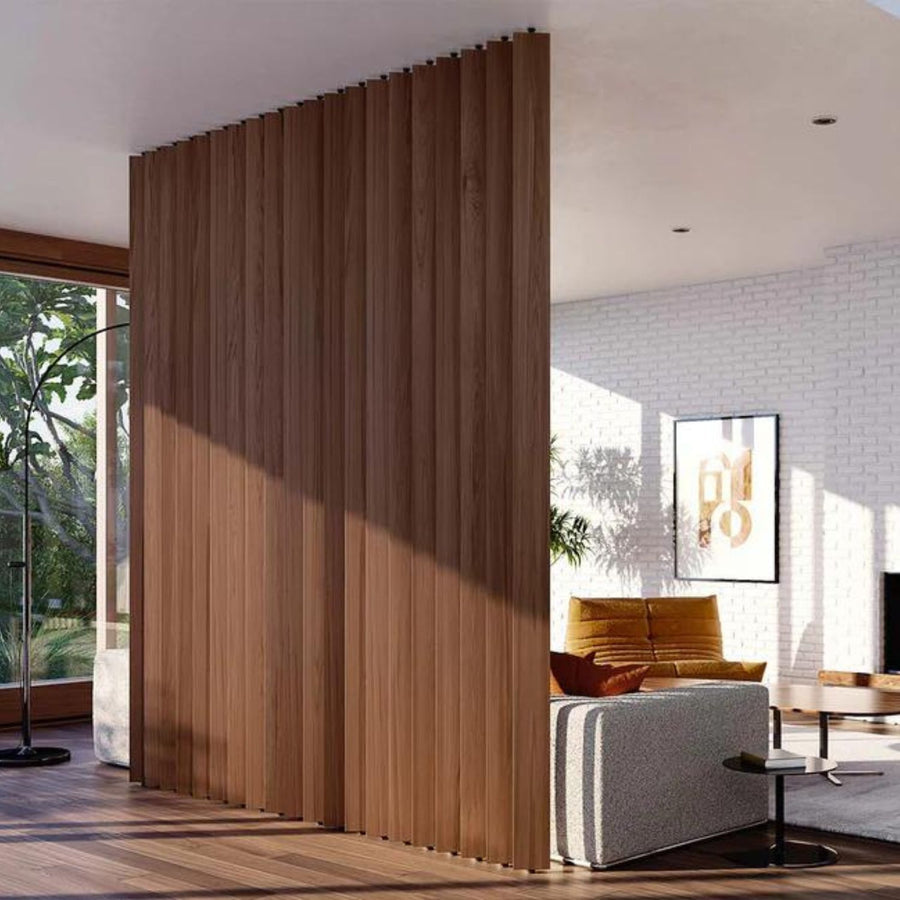

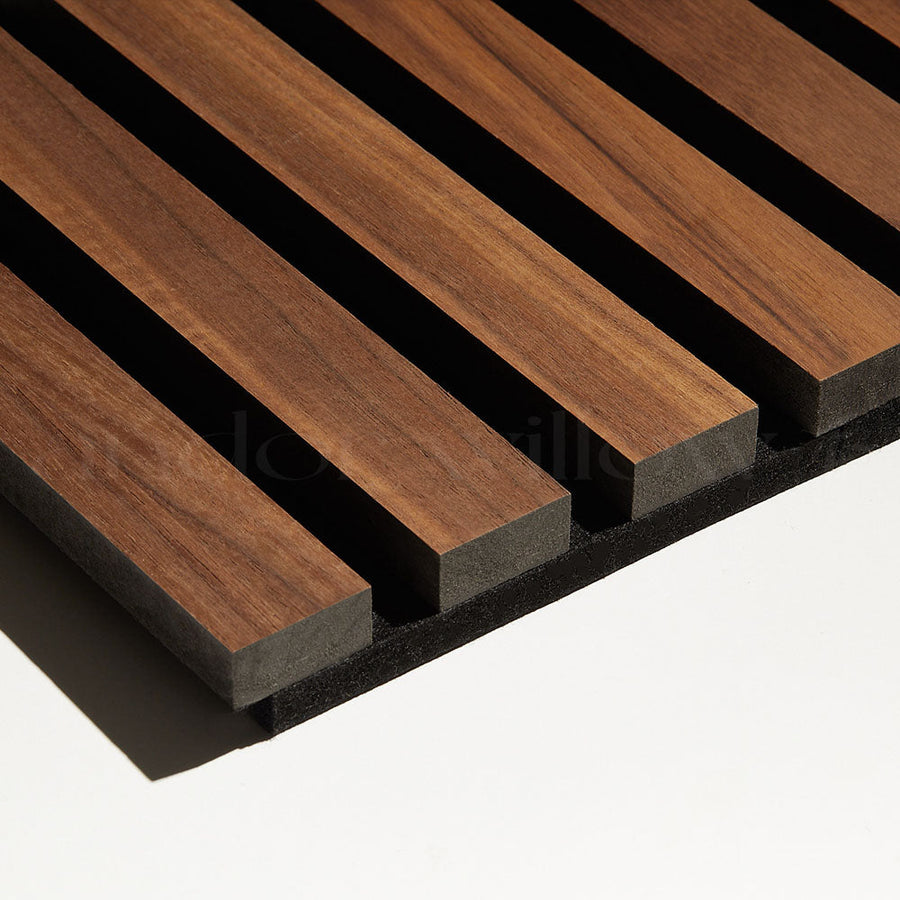
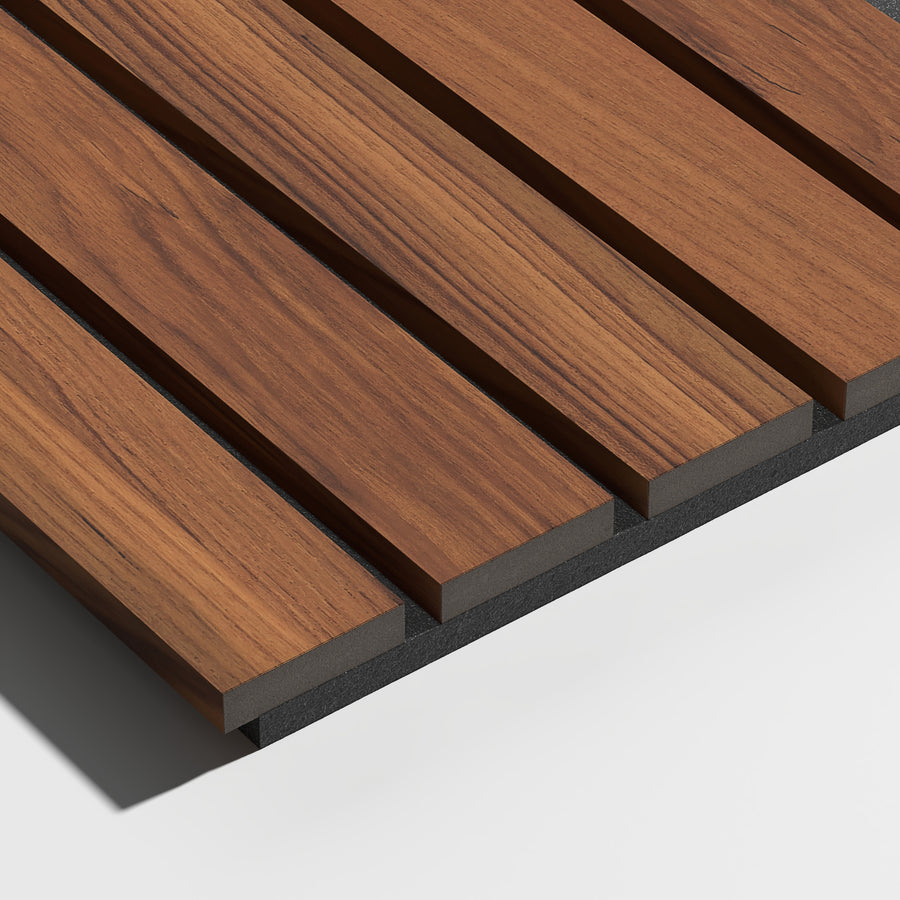


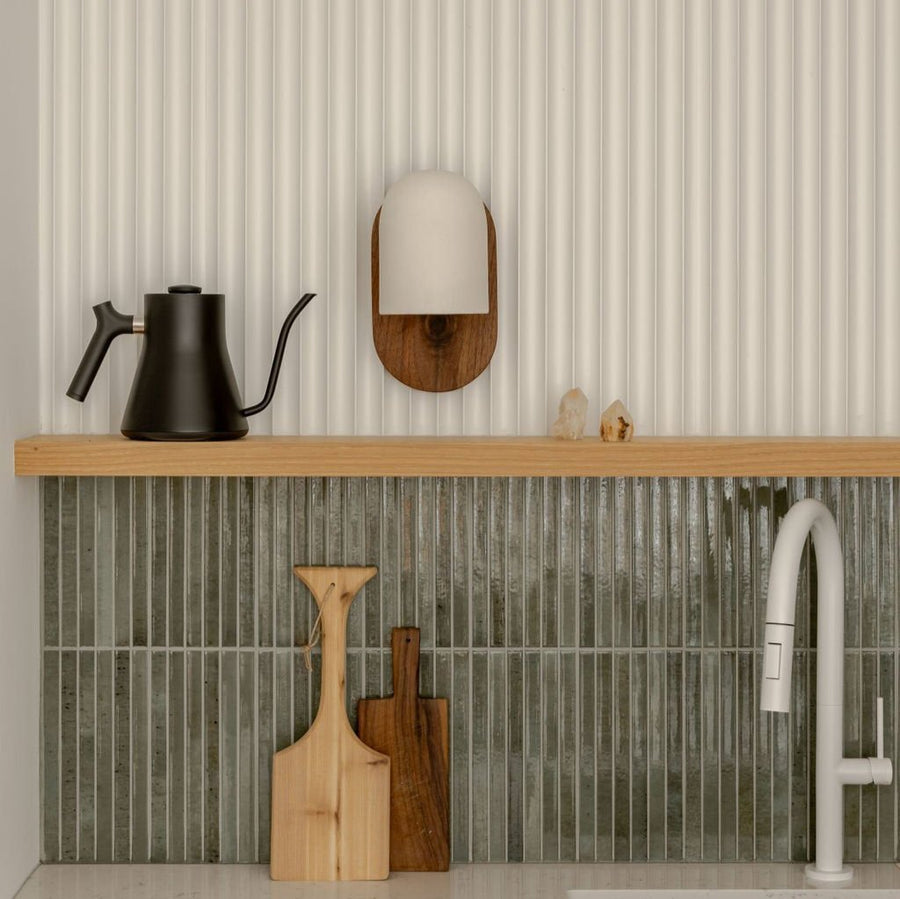
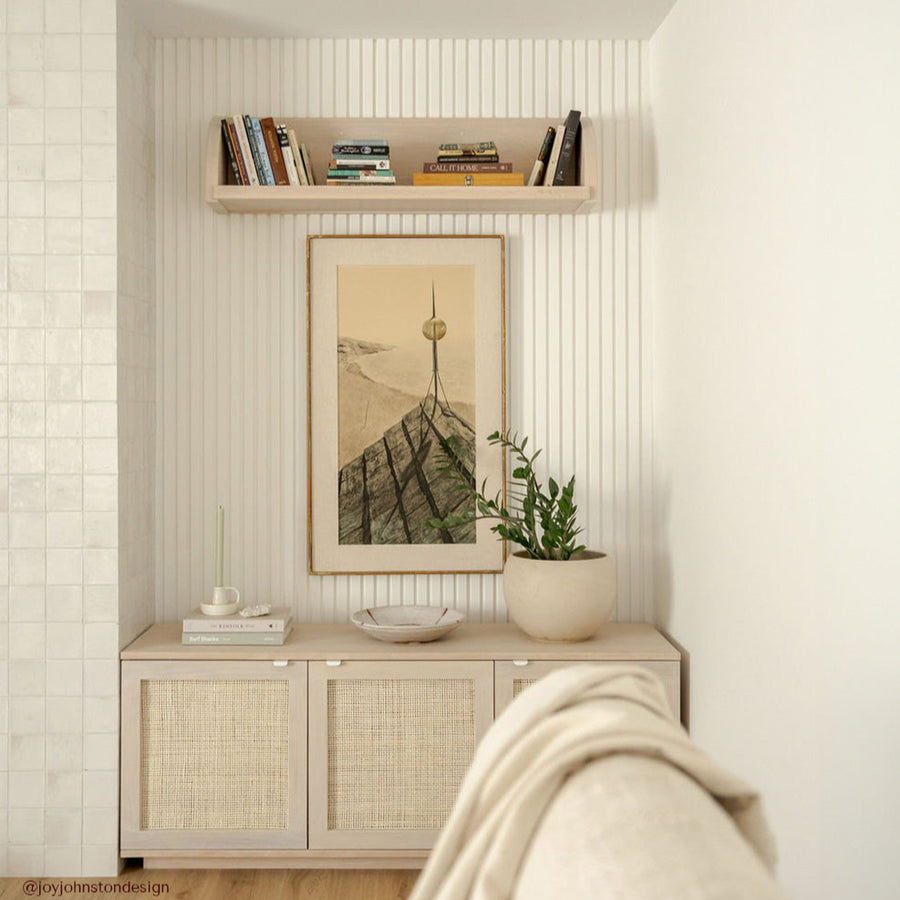











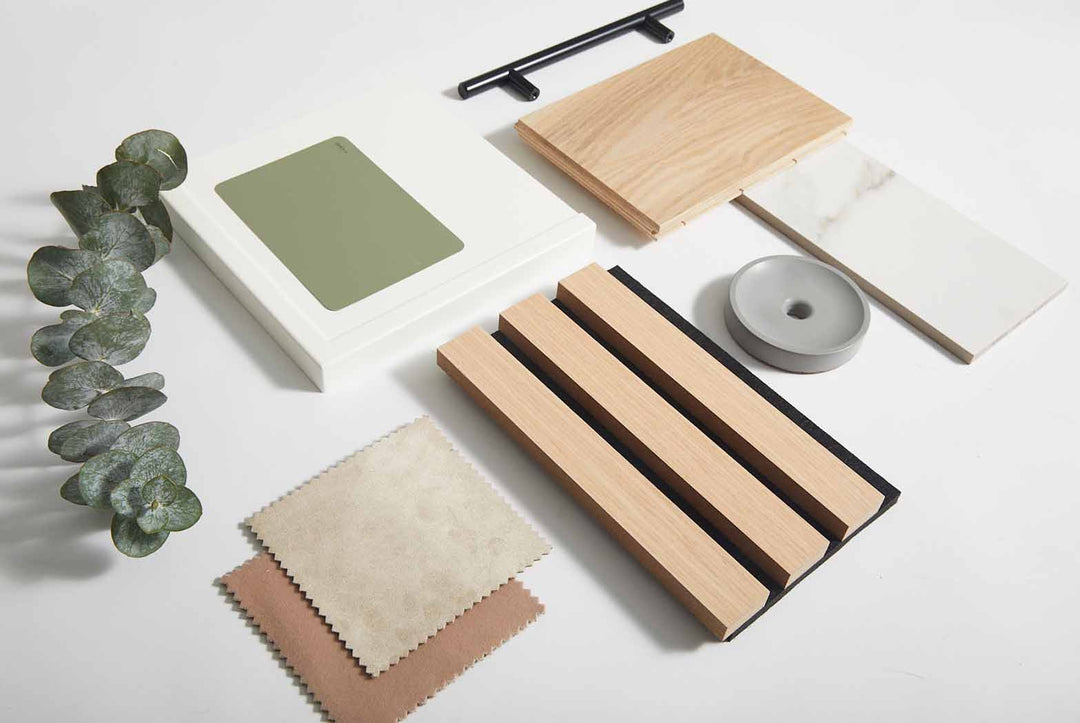
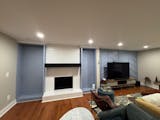

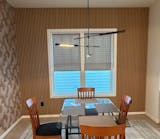
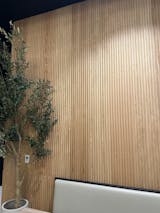
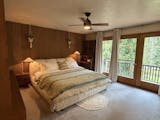






Leave a comment